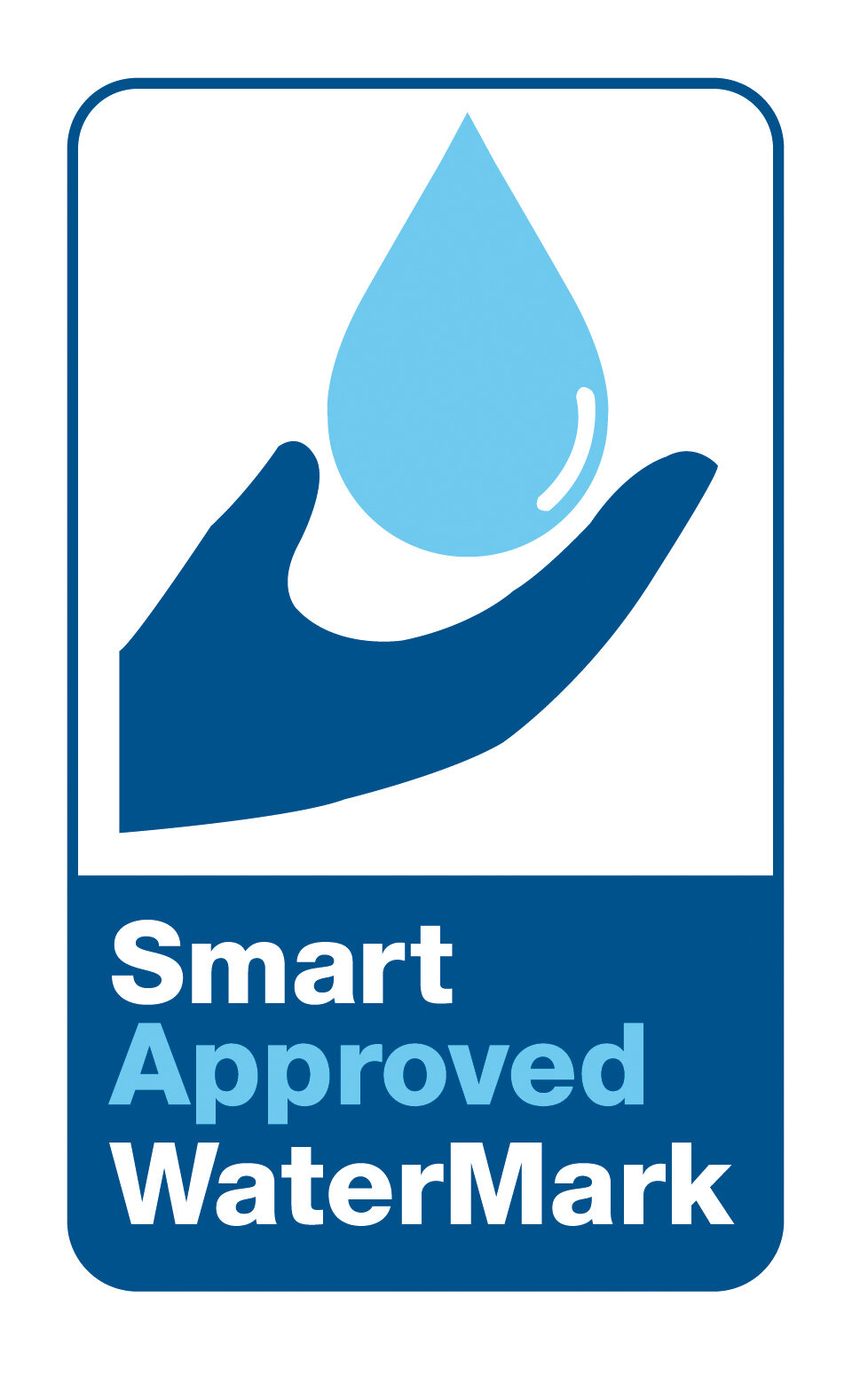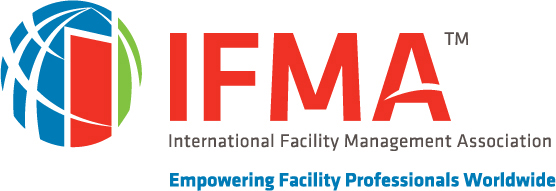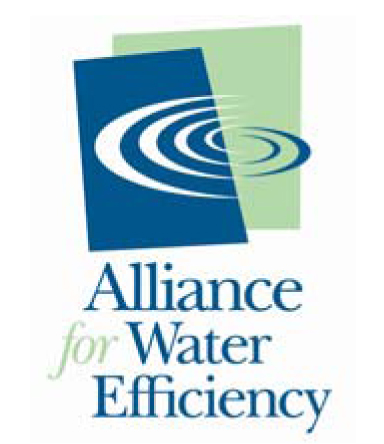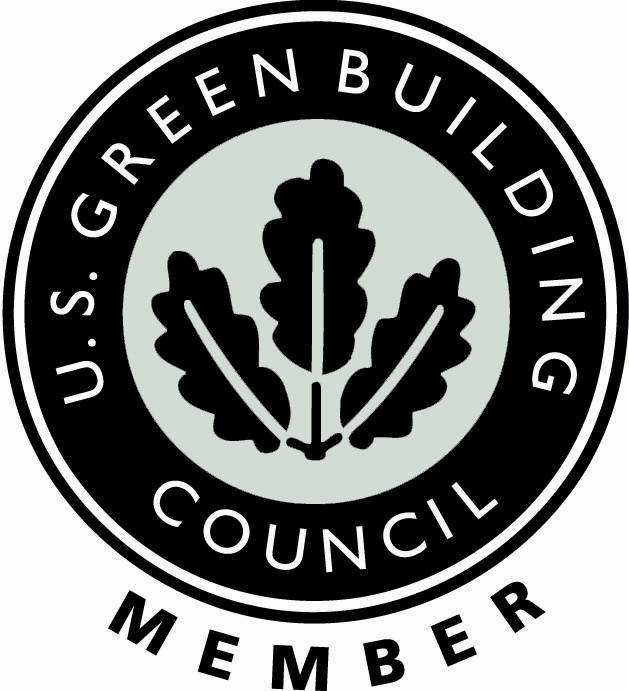Since 1957, when the American Water Works Association first investigated "unaccounted-for-water," water audits have become essential for improving water efficiency.
These audits help answer critical questions about where, why, and how water is used in a facility or lost in distribution systems.
While water audits have proven to be one of the most effective ways to promote responsible water resource management, many building owners and managers make a crucial mistake: they conduct audits only once and fail to reassess their water consumption more frequently.
Industry experts typically recommend conducting water audits every two years. Here's why two-year audits are becoming so essential:
Building Dynamics: Buildings have evolved significantly over the years. Rather than serving a single purpose—such as an office building, hotel, or medical facility—they have become multi-functional. Due to the pandemic, even more buildings are adopting multi-purpose roles, resulting in substantial changes in water usage. To comprehensively understand how water is utilized and consumed within a facility, it is imperative to conduct two-year water audits.
Frequency Considerations: While it has been suggested that water audits be conducted biennially, this frequency may be insufficient for high-occupancy buildings or facilities that have recently diversified their functions. In such cases where water demands have changed, water audits may need to be conducted as frequently as every six months.
Changing Climate: According to a CNN report from August 2024, American cities are experiencing unprecedented warming rates, with Las Vegas, San Antonio, Nashville, and Jacksonville, FL, being the most affected. There is typically a direct correlation between rising temperatures and increased water consumption. Due to the changing climate, a water audit conducted in a school, for example, just five years ago, may no longer be relevant to current water consumption levels.
Restroom Upgrades: Most water consumed in a facility is attributed to restroom use.* Fortunately, modern facilities have increasingly installed high-efficiency toilets, which use less water than Federally mandated standards, along with waterless urinals, which do not use any water. Installing these fixtures can lead to significant reductions in water consumption, which can be verified through two-year water audits.
Note: Conduct a water audit before installing high-efficiency toilets or waterless urinals. This way building owners/managers can quantify the water savings and better assess the return on investment for selecting these fixtures.
Regulatory Compliance: Water regulations in the U.S. have fluctuated over the past decade, with changes at both state and federal levels. By conducting two-year audits, building owners and managers can ensure they are still in compliance.
Predictive Water Analysis: Do you know how much your facility's water consumption would change if tenant occupancy dropped from 10 percent to 7 percent? Or increased from 5 percent to 11 percent?
Two-year water audits enable property owners and managers to predict water consumption changes more accurately as occupancy levels fluctuate. This predictive capability offers two key benefits:
· Ensures appropriate infrastructure is in place to handle expected water demands.
· Helps forecast business operating costs associated with water consumption.
Decision Making: You can't manage what you can't measure - and if you can't measure, you can't improve. Utilizing the insights of water audits enables owners and managers to make more informed decisions, improve water efficiency, set realistic water reduction goals, and adjust water-reducing strategies that reflect evolving circumstances.
Building owners and managers should view conducting water audits every two years as standard operating procedure. This practice helps predict operating costs related to water, optimize water usage, enhance efficiency, and identify areas where water use can be reduced or even eliminated. This also addresses the growing environmental and sustainability concerns associated with water.
-Klaus
*This is true unless the facility is heavily landscaped.










